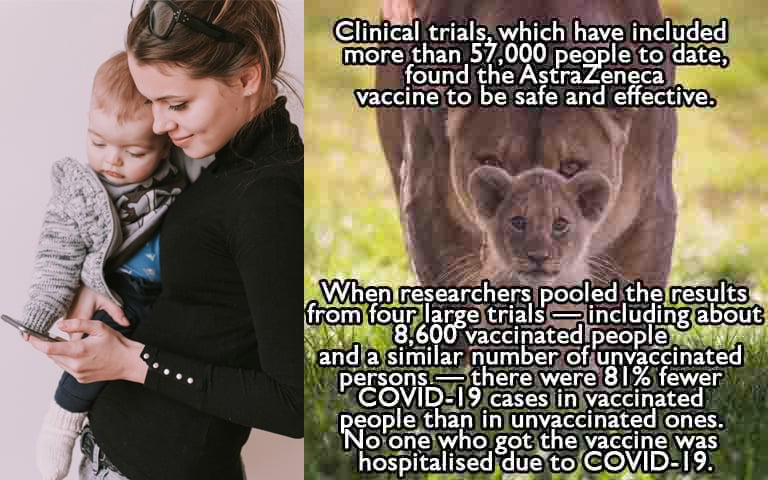
CLANCY OVERELL | Editor | CONTACT
With medical skepticism at an all time high, the pressure is on the Australian government to begin promoting vaccinations through the use of celebrities, after seeing such great success with similar campaigns in New Zealand and Singapore.
However, this idea in itself is marred with hurdles, as advertising executives begin flagging that Australia’s celebrity deficit means that the closest thing we have to ‘famous people’ are reality TV stars who only remain relevant for 12 months at a time. Either that or larrikin sportsmen who are so badly behaved that literally no one will take their advice when it comes to advocating for a needle in the arm.
In the meanwhile, scientists have had to instead to take another route an an effort to penetrate the wildly misinformed anti-vaxxer rhetoric being plastered around Facebook and in the Murdoch newspapers.
The Prime Minister’s cheap fear-mongering over blood clots, used as a political tool to shift the blame from his absolutely disastrous roll-out of vaccines, appears to have given rise to vaccine hesitancy.
According to an April poll, one in six people (16%) are now firm in saying they will never get vaccinated against COVID-19, up from 12% last month, while 42% said they will get vaccinated, but not right away.
This growing number has medical scientists worried that their tireless research will be lost in this whirlpool of conspiracies being peddled by privileged linen-clad influencers in the NSW Northern Rivers, who relish in the opportunity to tell academics that they are wrong.
To combat this, some scientists are making the effort to appeal to anti-vaxxers through grainy JPEG images covered in small parcels of text that make people feel smarter when they read them.
Local vaccine scientist, Dr Jus Pleeslissen, says the days of compiling her work into 30,000 page reports are over.
“We’ve had to really fight fire with fire” she said.
“By jumping on Microsoft Paint to beat these trustfund hippies at their own game”
By using emotive images that stoke the fires inside easily-influenced and frightened young parents, Dr Pleeslissen says the public’s engagement with pro-vaccine content is starting to spike.
“We have found that sharing shitty pictures of a lioness with her cub, paired with simple statistics in some weird font, is key to really getting some traction in the communities we’ve been unable to reach previously”
“We make sure to reference our statistics because, you know, thats what real scientists do”
“but we are quickly learning that we don’t even need to do that. These anti-vaxxers will take your word for it anyway and tell everyone they’ve been ‘researching’ this issue – which means they’ve scrolled past a few memes on social media”
“An unrelated image of Bill Gates or Hillary Clinton also works a treat in getting people to take the information seriously”










